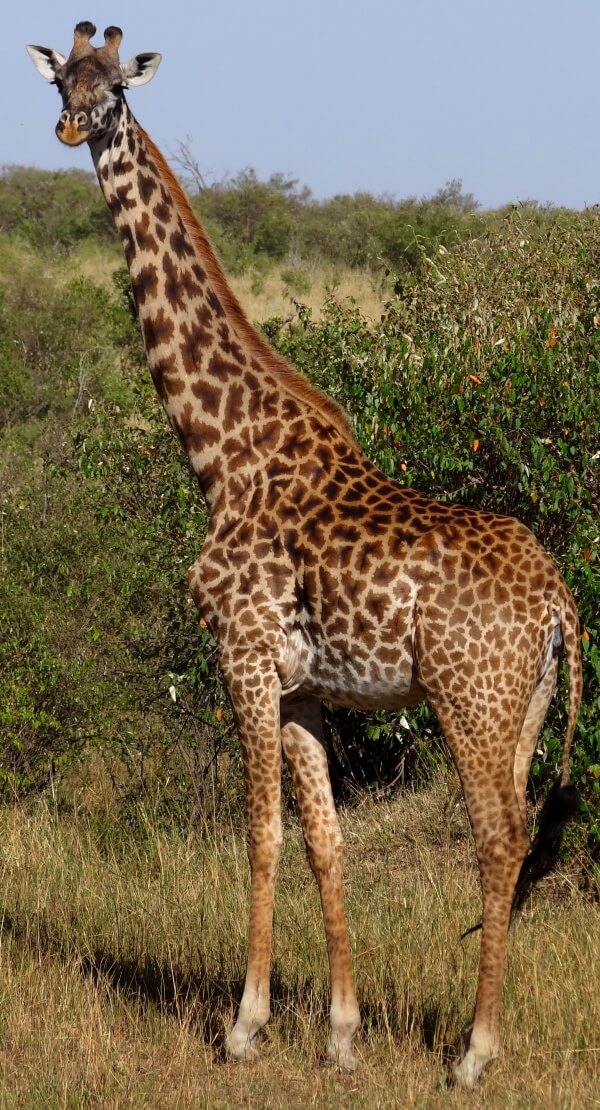Facts About Masai giraffe
The Masai giraffe, also known as the Maasai or Kilimanjaro giraffe, is the largest subspecies of giraffe found in East Africa, specifically in central and southern Kenya and Tanzania. These giraffes are easily recognizable by their unique, irregular blotches and the males' distinctive median forehead lumps. Scientifically, they are classified as *Giraffa camelopardalis tippelskirchi*, named after Herr von Tippelskirch, who brought back the skin of a female Masai giraffe in 1896.
Known for their jagged spots and impressive size, Masai giraffes hold the title of the tallest land animals on Earth. Unfortunately, they are currently listed as endangered by the IUCN. Over recent decades, their population has plummeted by 52% due to poaching and habitat loss, leaving an estimated 32,550 individuals in the wild.
Several factors threaten their survival, including illegal hunting, natural predators, and seasonal changes that affect their food supply when migratory herds move through their habitat. To combat these threats, various conservation efforts are underway. These include initiatives by government agencies, NGOs, and local communities, all working together to protect Masai giraffes both in their natural habitats and in captivity.

 Rwanda
Rwanda